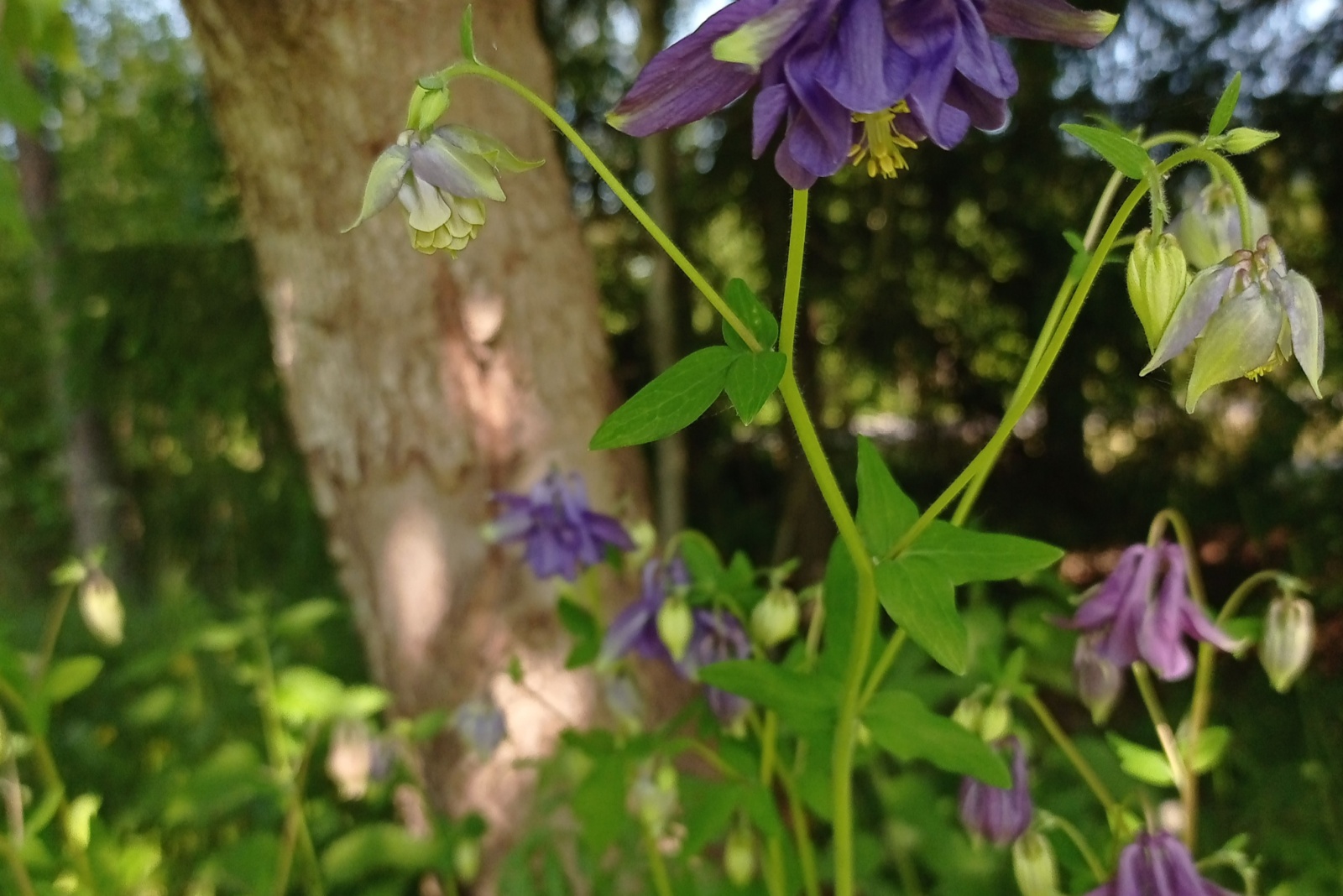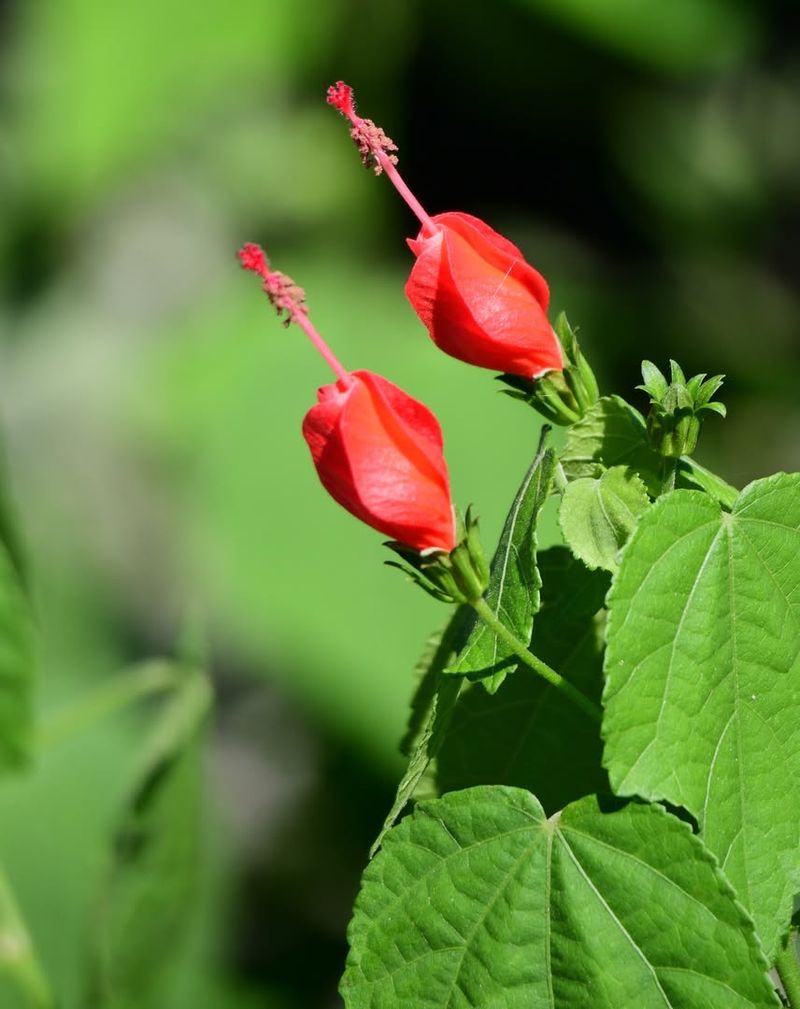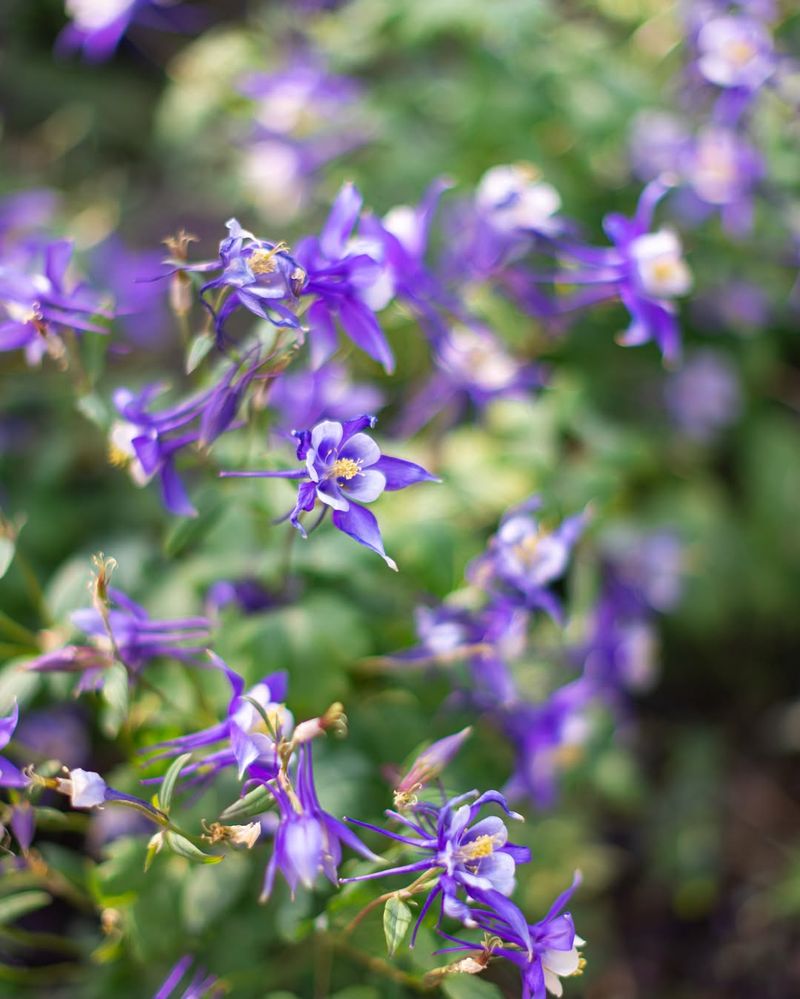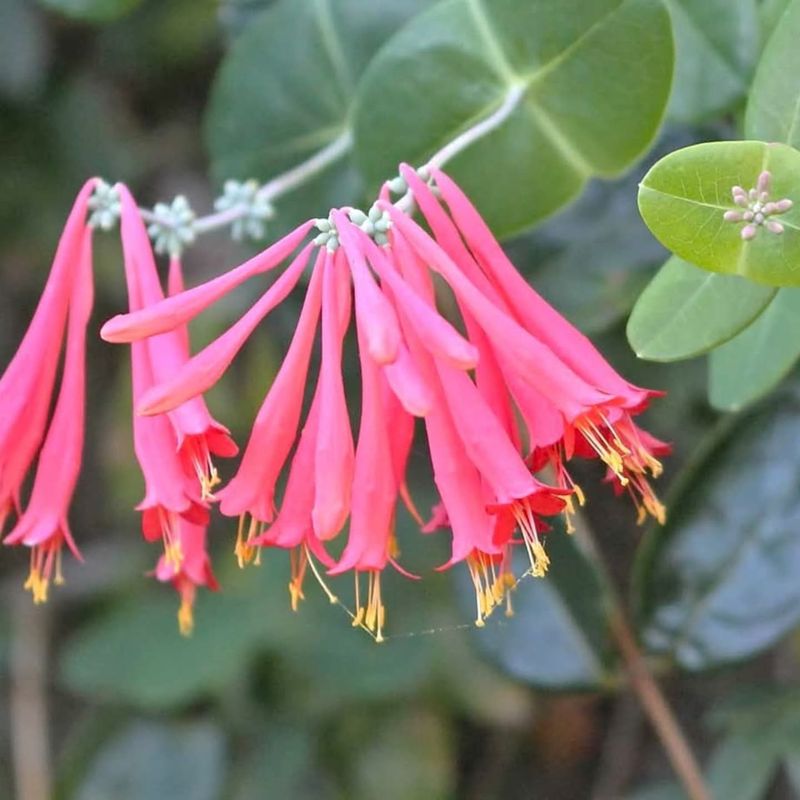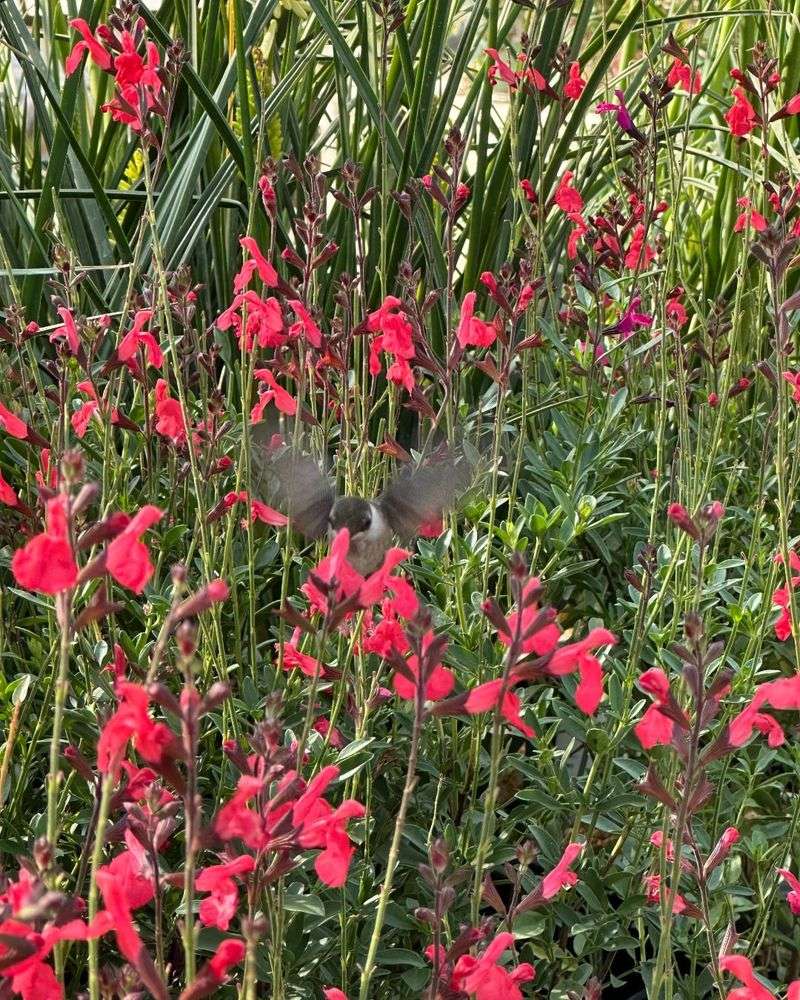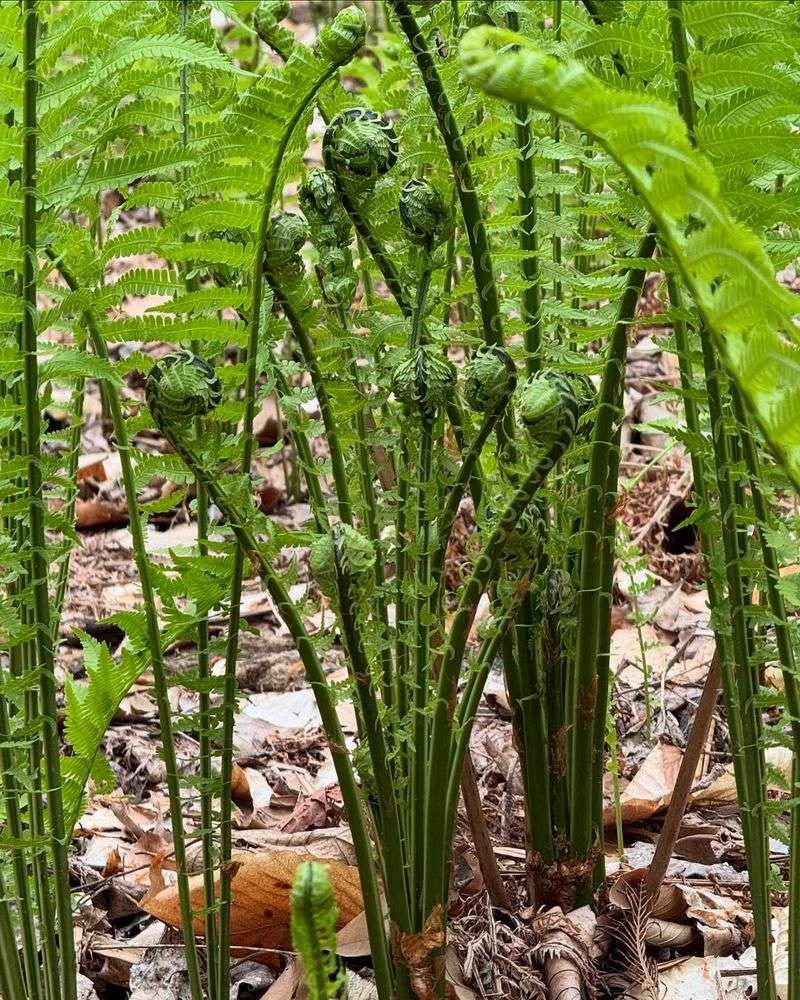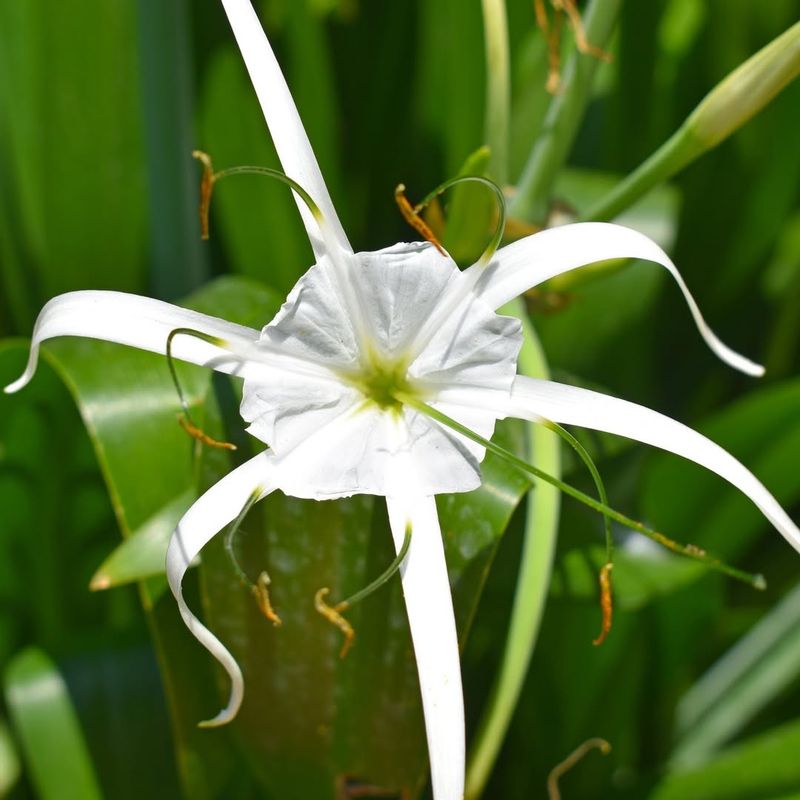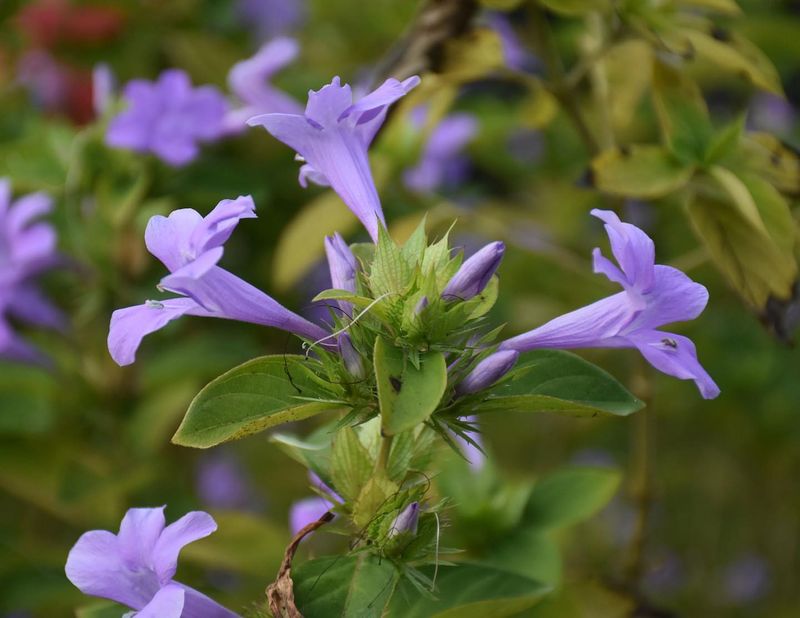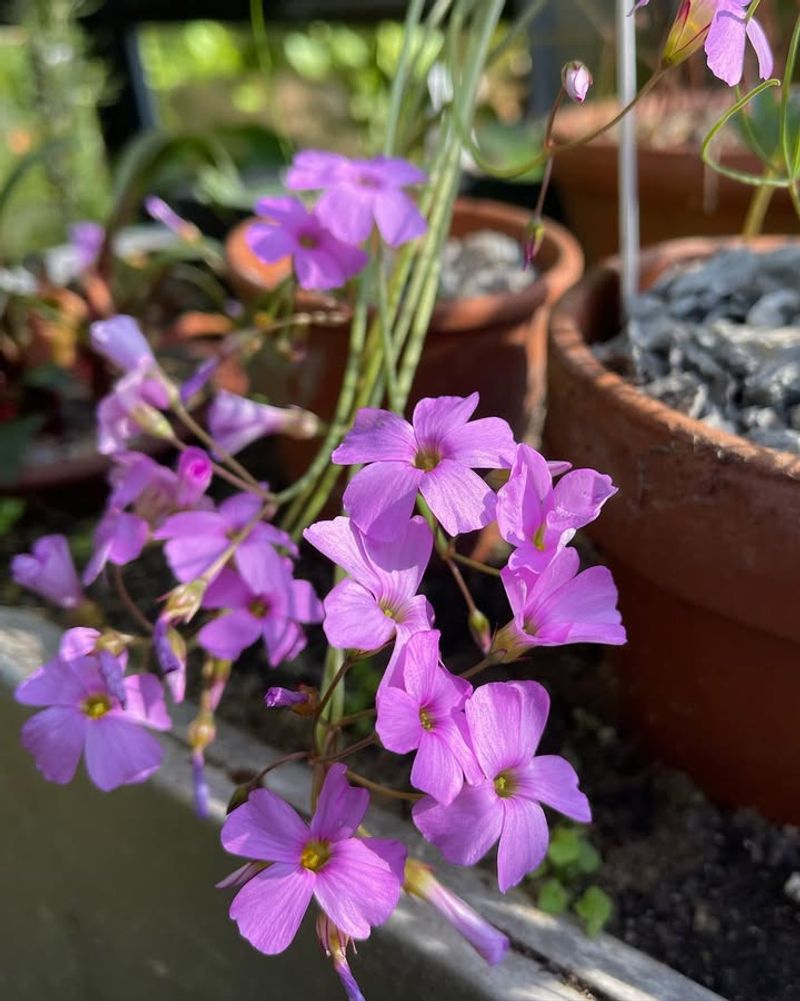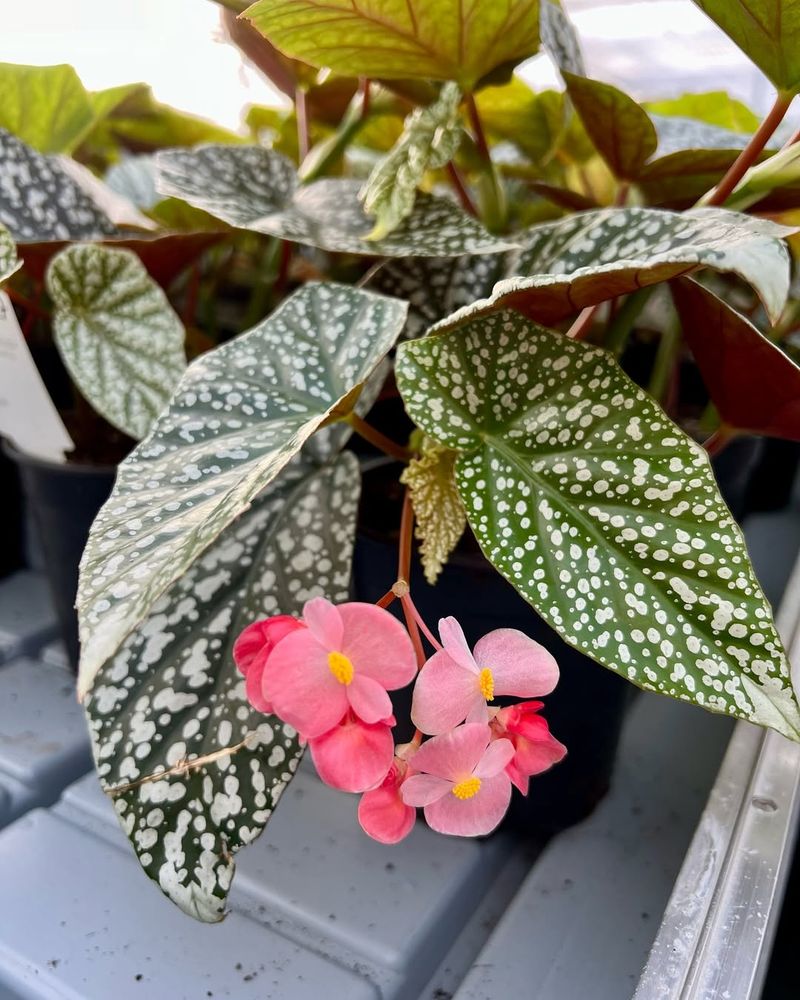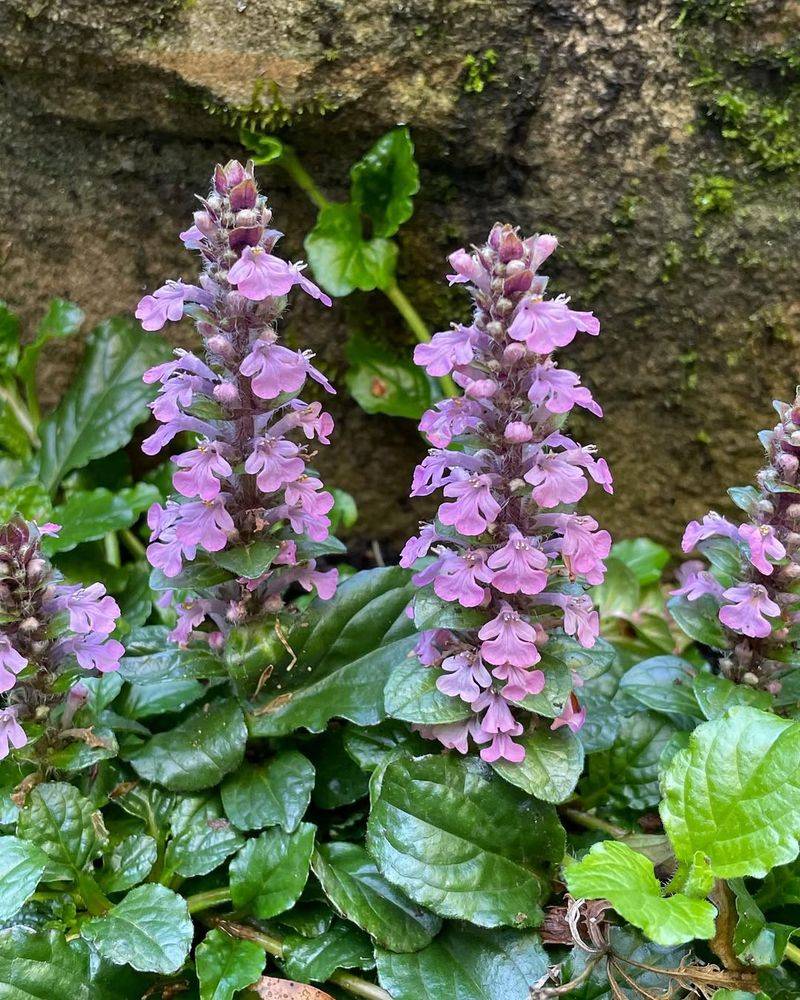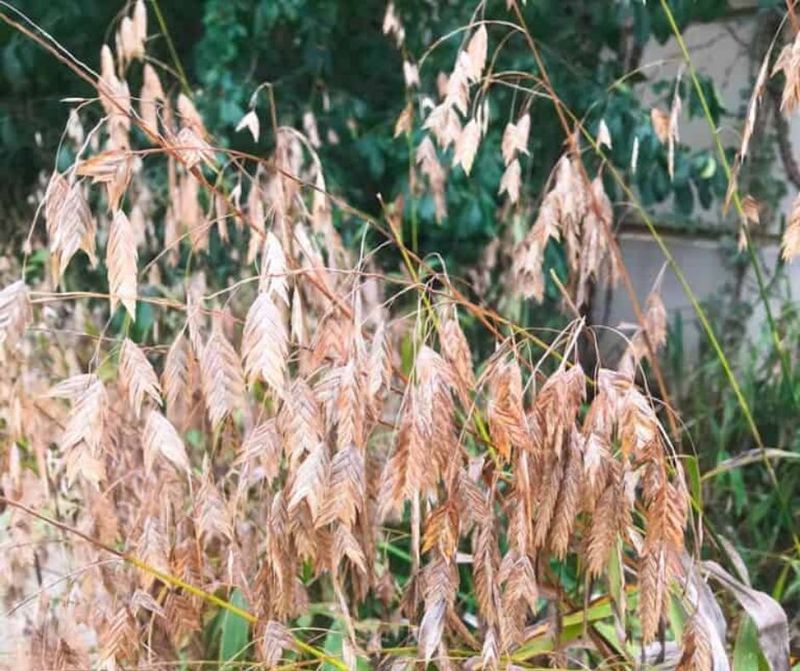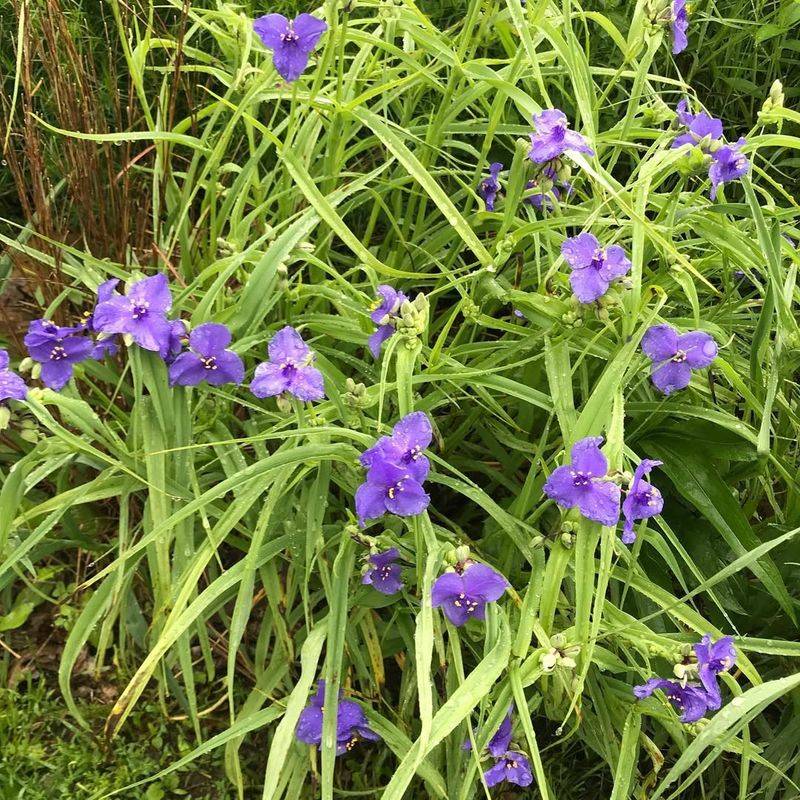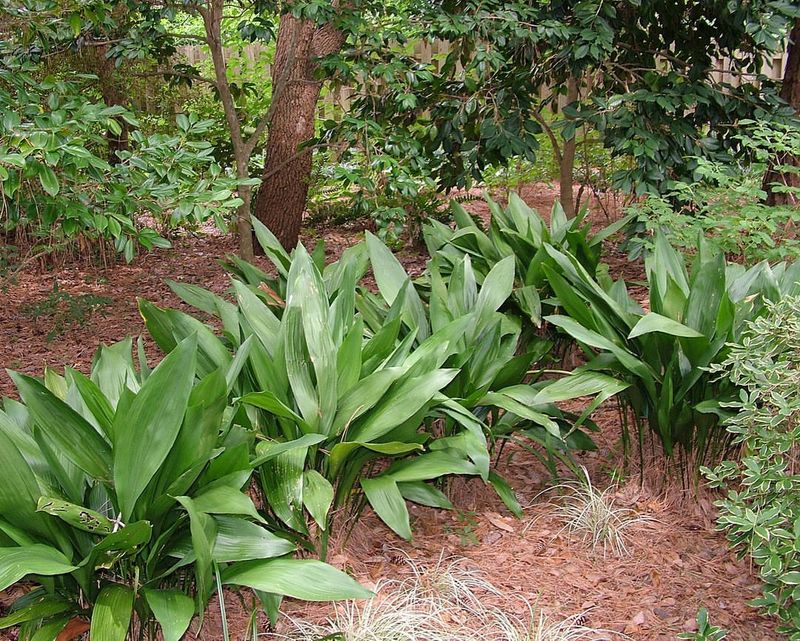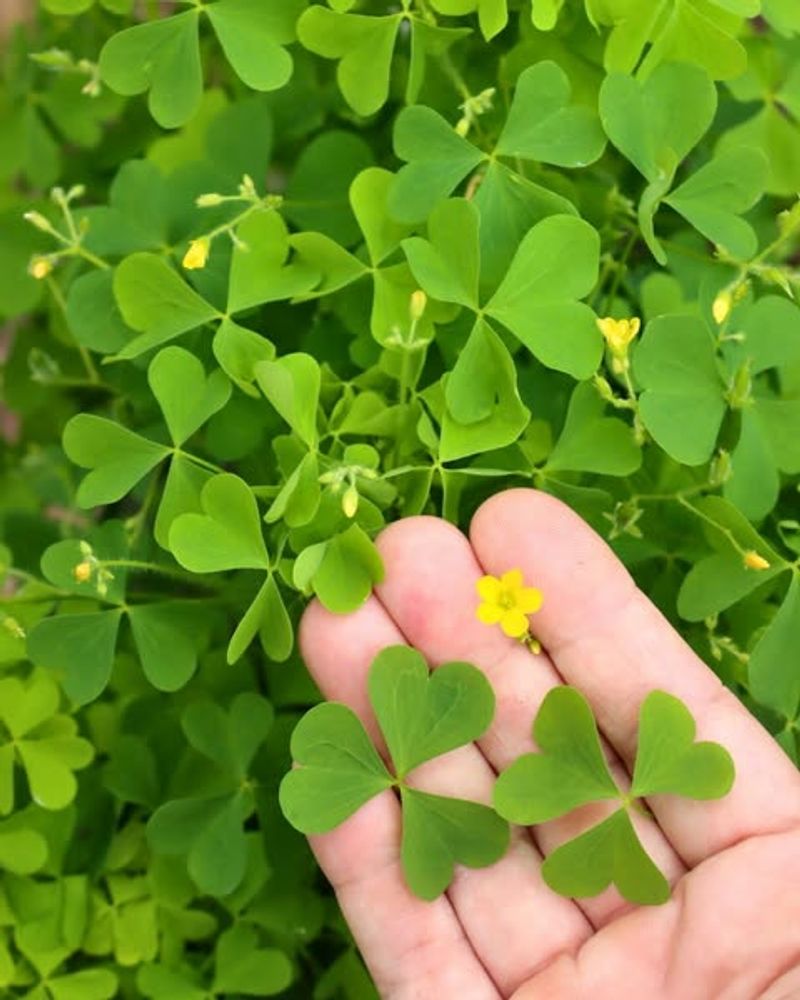Growing flowers under big trees in Texas can feel like an impossible challenge. The thick roots soak up water and nutrients, leaving little for anything else to survive.
But don’t give up on those shady spots just yet, because some tough flowers can actually thrive there!
1. Turk’s Cap
Bright red blooms make this native Texas plant a standout choice for those tricky spots beneath towering oaks. Hummingbirds absolutely adore visiting these tubular flowers throughout summer and fall.
Turk’s Cap handles drought surprisingly well once established, which means less watering work for you. The plant spreads slowly but steadily, filling bare ground with lush green leaves.
Best of all, it tolerates root competition better than most flowering plants, making it ideal for your toughest garden challenges.
2. Columbine
Delicate petals in shades of red, yellow, and purple dance above ferny foliage in spring. Your garden visitors will stop to admire the unique spurred flowers that look almost magical.
Columbine prefers cooler spots with filtered sunlight, making tree shade perfect for its needs. Water regularly during its growing season, and it’ll reward you with weeks of cheerful blooms.
Butterflies and bees visit constantly, adding even more life to your shaded areas beneath mature trees.
3. Coral Honeysuckle
Climbing vines covered in trumpet-shaped orange and red flowers bring vertical interest to boring tree trunks. Unlike its invasive cousins, this native honeysuckle behaves itself while attracting hummingbirds all season long.
The vine grows vigorously even when competing with thick tree roots for resources. It tolerates both sun and shade, adapting beautifully to changing light conditions under your trees.
Coral Honeysuckle stays evergreen in mild Texas winters, providing year-round greenery.
4. Autumn Sage
Tough as nails, this Texas native keeps blooming from spring until frost arrives. Red, pink, white, or purple flowers cover compact bushes that handle dry shade remarkably well.
Deer usually leave it alone, which is a huge bonus in many Texas neighborhoods. The plants require almost no maintenance once established under your trees.
Hummingbirds visit dozens of times daily, creating a living show right outside your window throughout the growing season.
5. Ferns
Feathery fronds create a prehistoric atmosphere beneath your largest trees. Several fern varieties thrive in Texas, including the Southern Shield Fern and Autumn Fern.
Ferns actually prefer the moist shade that tree canopies provide, making them natural companions. Their roots stay shallow and fibrous, so they don’t compete aggressively with tree roots.
Once established, ferns spread slowly to fill empty spaces with elegant greenery. They bring a woodland feeling to even the smallest shaded garden areas.
6. Spider Lily
Dramatic white blooms with long, spidery petals appear like magic after summer rains. The flowers seem to glow in shaded areas, creating an almost supernatural garden display.
Bulbs naturalize easily under trees, coming back stronger each year with minimal care. Spider Lilies handle root competition well because they store energy underground.
Their strap-like leaves emerge in fall and stay green through winter. Spring brings dormancy, making them perfect companions for other shade plants.
7. Philippine Violet
Small purple flowers peek out from glossy green leaves that carpet the ground beneath your trees. This tough little plant spreads to form a living mulch that chokes out weeds naturally.
Philippine Violet tolerates deep shade better than almost any flowering ground cover. It stays evergreen year-round in most of Texas, maintaining its good looks.
The plant handles foot traffic reasonably well and requires virtually no maintenance. Water occasionally during extreme drought for best results.
8. Oxalis
Clover-like leaves topped with pink or white flowers create charming ground cover in difficult spots. Some varieties have burgundy foliage that adds color even when flowers take a break.
Oxalis thrives in the dappled light beneath trees, spreading to fill bare patches quickly. The plants go dormant during extreme heat but bounce back when conditions improve.
Bulbs multiply rapidly, giving you more plants to spread around your shaded areas. They’re perfect for naturalizing under mature trees.
9. Begonia
Waxy leaves and cheerful flowers in pink, red, or white brighten up the gloomiest spots. Wax begonias especially handle shade and root competition like champions.
Plant them in spring after frost danger passes, and they’ll bloom continuously until fall. Begonias appreciate regular watering but tolerate brief dry spells surprisingly well.
Their compact size makes them perfect for edging paths or filling small spaces. Mix different colors together for maximum visual impact under your trees.
10. Ajuga
Bronze, green, or variegated leaves form a thick carpet that tree roots can’t penetrate. Short spikes of blue-purple flowers appear in spring, adding vertical interest to the flat foliage.
Ajuga spreads by runners, quickly filling bare ground beneath even the most challenging trees. It stays semi-evergreen through mild Texas winters.
This ground cover requires almost zero maintenance once established in shaded areas. Deer and rabbits typically ignore it, which is always a welcome bonus.
11. Inland Sea Oats
Bamboo-like leaves arch gracefully above clumps that tolerate deep shade beautifully. Flat, oat-shaped seed heads dangle from stems in late summer, turning bronze as fall approaches.
This native Texas grass handles root competition and drought with impressive resilience. It spreads slowly by seed, naturalizing under trees without becoming invasive.
Inland Sea Oats provide movement and sound as breezes rustle through the leaves. They look especially stunning when backlit by morning or evening sun.
12. Spiderwort
Three-petaled flowers in purple, pink, or white open each morning and close by afternoon. Grass-like foliage forms attractive clumps that fill spaces between tree roots naturally.
Spiderwort is incredibly tough, handling neglect and difficult growing conditions without complaint. Native to Texas, it knows exactly how to survive hot summers and unpredictable rainfall.
The plants self-seed readily, creating larger colonies over time. They’re perfect for naturalizing in woodland-style gardens beneath mature trees.
13. Cast Iron Plant
Glossy, dark green leaves practically glow in deep shade where nothing else survives. True to its name, this plant tolerates neglect, drought, and heavy root competition.
While flowers are rare and inconspicuous, the dramatic foliage more than makes up for it. Cast Iron Plant grows slowly but steadily, eventually forming impressive clumps.
It stays evergreen year-round, maintaining good looks through Texas winters and summers. Virtually indestructible, it’s ideal for gardeners who want beauty without fuss.
14. Wood Sorrel
Shamrock-shaped leaves fold up at night and reopen each morning, creating daily interest. Bright yellow flowers appear throughout warm months, adding cheerful color to shaded spots.
Wood Sorrel tolerates dry shade exceptionally well once established under your trees. It spreads gently to form colonies without becoming aggressive or invasive.
The plants naturalize beautifully in woodland settings, looking like they’ve always belonged there. They’re perfect for filling gaps between larger shade plants naturally.

